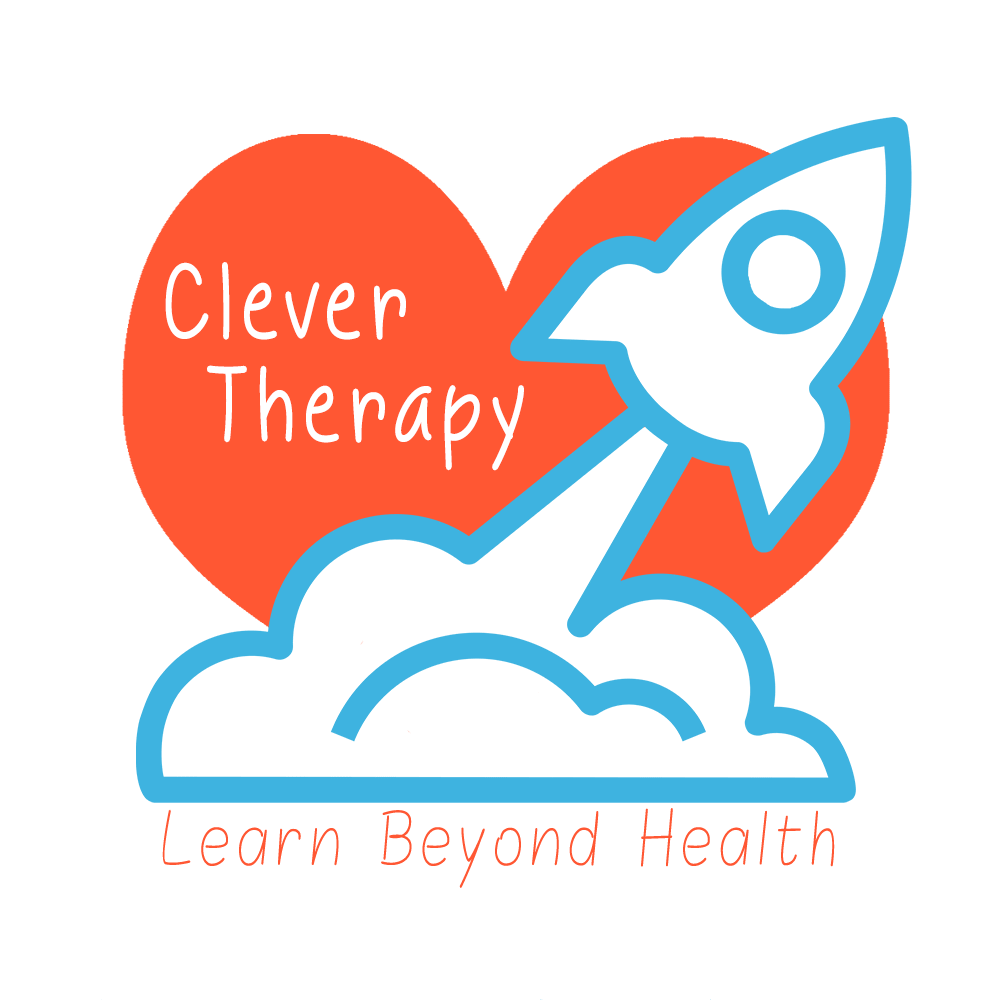Basics of Rett’s Syndrome

What is Rett’s Syndrome?
Rett’s Syndrome is a neurogenetic developmental disorder caused by a mutation of the MECP2 gene (methyl CpG binding protein 2) on the X chromosome. Rett’s Syndrome is almost always seen in girls and is not inherited 99% of the time. Rett’s Syndrome affects language, social, motor and cognitive skills. Rett’s can cause microcephaly, developmental delays or decreased head growth. Other health conditions can occur alongside with Rett’s Syndrome.
How do I know if my child has Rett’s Syndrome?
Rett’s Syndrome mutation can be found through a blood test; however, the blood test alone will not be sufficient to diagnosis Rett’s (RTT). RTT has a diagnostic criterion and 5 out of 11 supportive criteria need to be met for a diagnosis. RTT can lead to problems with gait, constipation, abnormal breathing, scoliosis, apraxia, abnormal tone, seizures, sleep disturbances and decreased hand function.
Skills that are affected?
Rett’s Syndrome affects daily living activities such as feeding, eating, dressing, grooming, and hygiene. It also affections mobility, sleep, participation within the community and social skills. Motor development and cognition can also be affected.
How to treat a child with Rett’s Syndrome?
Treatment for Rett’s Syndrome depends on the skills each client needs to address. Skilled Occupational Therapy, Physical Therapy, and Speech-Language Pathology are important to help teach families and clients skills needed to be functional. Range of motion and stretching is important to prevent spasticity in the upper and lower extremities. Adaptive equipment would also be beneficial to help the client be more functional. Wheelchairs, communication devices such as eye gaze communication device, and feeding devices are all useful to allow clients to be more functional within their environment. Other adaptive equipment may include dressing equipment such as a sock aid, shoe horn and dressing stick.
Conclusion
Living with RTT is life changing, however, once modifications and adaptive equipment have been given to the client, functional independence is more likely to be seen. Families can learn to work together to give the child the best care they need to be independent.
